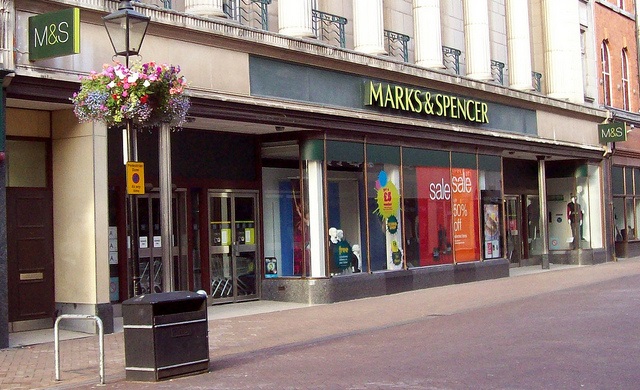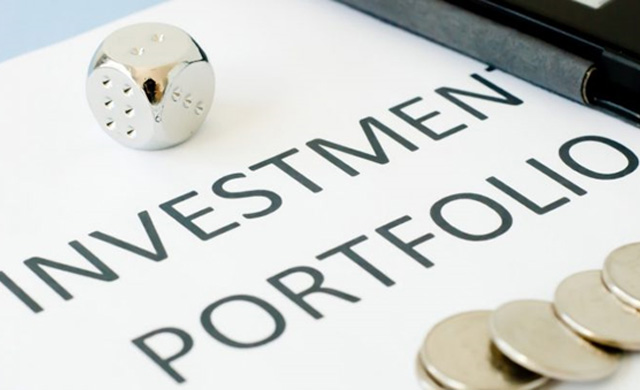The share price of Marks & Spencer (LSE:MKS) jumped 16.2 pence to 494.9 yesterday, 05 September, the highest is has been since 2008 and was the second-highest stock increase among the FTSE 100. It is continuing to climb today, having reached as high as 502.00, and appears likely to close over the 500.00 mark for the end of the week.

There are two questions that one must ask when one sees an elephant jump.
- How did it do that?
- What’s wrong with this picture?
We’ve seen the elephant jump, so I am going to ask the questions.
How did it do that?
Well, it seems that there is some truth to what I wrote yesterday about the market being highly reactionary. Apparently analyst Paul Rossington at HSBC made the remark that M&S “offers the highest sensitivity to a recovery in consumer spending patterns.” His observation was based on some suppositions that involve an assumption of a “ recovery in the broader domestic and housing market,” and his prediction of the success of the company’s new fall line of product.
I don’t know about you, but that is pretty scary. Not what he said so much, but that so many people reacted in a weigh that made the elephant jump. I wouldn’t exactly call one analyst’s comments due diligence.
What’s wrong with this picture?
The first thing that is wrong is that it is all conjecture so far. But, wait, there’s more. M&S also told nearly 500 suppliers yesterday that it had made a unilateral decision to no longer pay for their merchandise until 75 days from date of invoice. They currently pay at 60 days.
There are two things that you can know for certain when a company makes this kind of decision, and one thing that you can expect:
- It feels like it has a lot of clout, and it probably does.
- It is having severe financial issues, especially relative to cash flow.
- The company is on its way to losing its clout.
The last time I looked, in most business models, the supplier dictates the terms of payment. Certainly those terms are open to negotiation, but M&S is not negotiating. Instead, they are saying, in effect, “If you want to continue to do business with us, these are our terms.“ I’m not quite sure what the appropriate British term is for this maneuver, but in the U.S., we would say that 500 companies just got stiffed.
Under these payment terms, M&S has the merchandise in-hand for two-and-a-half months before having to pay for it. Let’s just take a guess that M&S has a goal of six turns per year on their inventory, a number I believe to be fairly conservative. If that is true, however, they are hoping to have sold the merchandise before they have to pay for it. When a retailer or wholesaler pulls this kind of stunt and it fails, the next step could be to boldly dictate that suppliers will not be paid until the point of sale.
To be fair, at least M&S has offered some solace to the suppliers from which they will rake in “tens of million of pounds in annual cashflow benefits.” They have also offered the suppliers a vendor financing arrangement though HSBC (didn’t I mention HSBC earlier in this story?) and RBS by which the suppliers may be paid immediately. Of course there is a catch. They must agree to sell their wares to M&S at an additional discount in order to be eligible for the plan.
This is business gone terrible wrong. M&S is in trouble, so it hopes to recover by screwing its suppliers. I suppose that is not unheard of, but it sure sounds more like move that Scrooge would make and one that Bob Cratchit would not.
So, while Rossington at HSBC expects Santa to be good to M&S this Christmas, M&S’ September Christmas message to its suppliers said, “St. Nick is coming down our chimney, and up yours!”


 Hot Features
Hot Features












